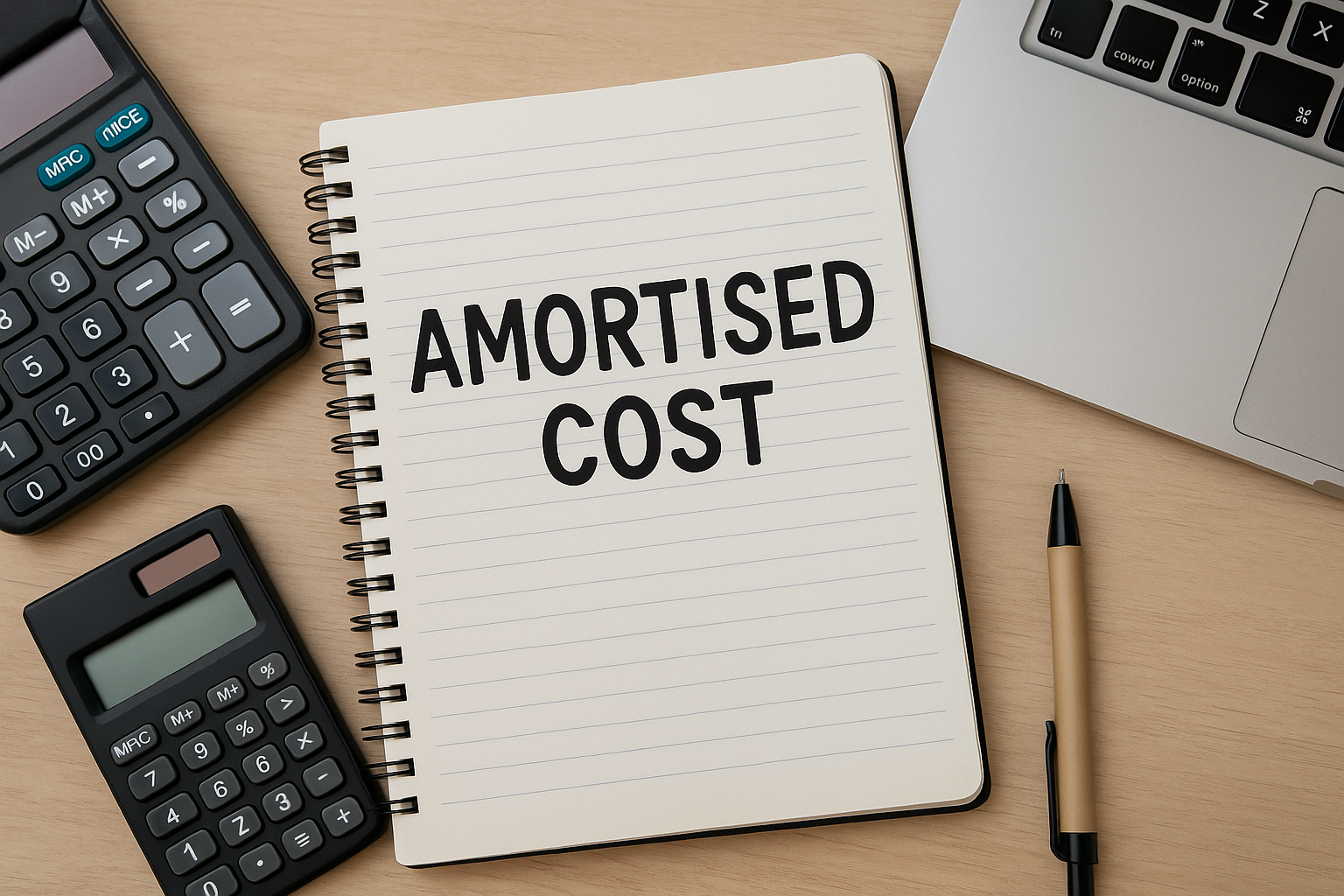Revenue Recognition: Why So Many Get It Wrong
Many business owners still believe revenue is recognised when the customer orders, pays or collects. But accounting does not follow the cash or the excitement of a new order. It follows performance. Revenue is only recognised when you have delivered what you promised and the customer has gained control of it. This simple idea, performance before payment, is the key to getting revenue recognition right and avoiding the common mistakes that distort profits.
Prepayments: The Hidden Story Behind “Pay Now, Benefit Later”
Prepayments may seem like small accounting entries, but they reveal a lot about how a business thinks about time and value. Paying upfront for future benefits is not just a cash flow decision — it’s a lesson in discipline, foresight, and financial honesty. For accountants in practice, explaining prepayments in plain language can turn a routine adjustment into a powerful conversation about planning, trust, and smarter business. After all, good accounting is not about the past; it’s about making tomorrow’s numbers make sense.
Understanding Amortised Cost: The Measurement Model for Most SME Financial Instruments
Amortised cost is one of the most important measurement tools in SME accounting, yet many professionals are unsure how it works. In this article, we explain amortised cost in simple terms and show how to apply it using the effective interest method. You will learn how to measure loans, receivables, and payables correctly, including how to deal with transaction costs and interest. With step-by-step examples and practical tips, this article helps CIBA members confidently apply Section 11 of the IFRS for SMEs in everyday situations.
Initial Recognition and Measurement: What to Do When You First Record a Financial Instrument
The moment you enter into a contract involving money, whether it’s a loan, a sale on credit, or an interest-free advance, you need to recognise it in your accounting records. Section 11 of the IFRS for SMEs tells you exactly when and how to do this. In this article, we explain the rules for initial recognition and measurement of financial instruments in simple terms. You’ll learn how to record trade receivables, loans, and financing transactions correctly, and how to apply present value when needed. With practical examples and clear guidance, this article helps you get the basics right from day one.
Income Statements That Work as Hard as You Do
Too many accountants still fumble the basics of Section 5 reporting—and that can make your work look sloppy, even if it’s technically correct. Whether you're prepping year-end for a client or presenting to a board, how you lay out that income statement matters. This article breaks down exactly what Section 5 of IFRS for SMEs requires—no jargon, no fluff. You’ll see why choosing one or two statements isn’t just an admin choice, and how small mistakes (like calling something "extraordinary") can raise red flags with SARS or your client.
Farming and Finances: Because Crops Won’t Count Themselves
Understanding how to account for plants, animals, and farm produce is important for businesses in agriculture. IFRS for SMEs Section 34 explains how to record and report biological assets like crops and livestock and harvested products like milk or fruit. This article breaks down the key rules in simple terms, helping businesses stay compliant and manage their finances better.
Your Business in a Nutshell the Statement of Financial Position Explained
The statement of financial position shows what a business owns, what it owes, and what is left for the owners. It helps businesses understand their financial health at a specific point in time. Section 4 of the IFRS for SMEs explains how to present this information clearly. By following these guidelines, businesses can organise their assets, liabilities, and equity in a way that makes sense. This ensures financial reports are accurate and useful for decision-making
Investment Property and IFRS for SME’s
Investment property under IFRS for SMEs refers to land or buildings held for rental income or capital appreciation. The standard outlines how to recognise, measure, and disclose investment property in financial statements. Properties can be measured at fair value if reliably measurable or at cost if not. Mixed-use properties require classification based on usage. Leased properties can be treated as investment property under specific conditions. Proper accounting ensures transparency and accurate financial reporting for SMEs.








